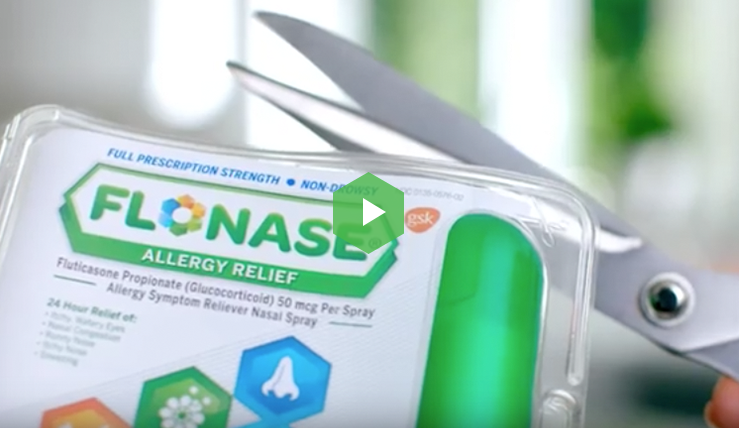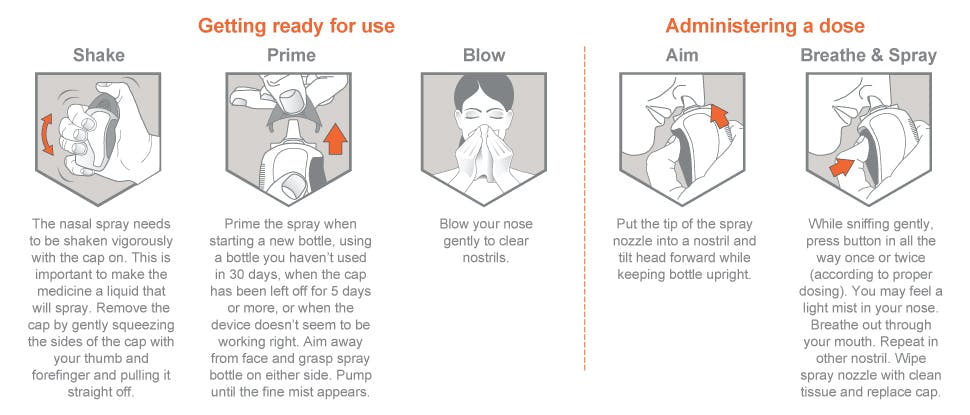

If this occurs, patients should stop using the spray for 1-2 days and use a saline spray instead to allow the nasal lining to recover.Temporarily relieves these symptoms of hay fever or other upper respiratory allergies: nasal congestion runny nose sneezing itchy nose itchy, watery eyes. This can be avoided by keeping the head tilted forward slightly during administration and breathing in slowly as the spray is pumped.įinally, the use of nasal sprays can sometimes lead to nosebleeds or significant irritation of the nose.

Mild throat irritation is another common side effect, which can result from dripping of the medication down the back of throat due to incorrect position of the head or breathing in too quickly when pumping the medication (snorting the medication). left to right or vice versa) so that the spray is directed towards the outside of the nose. This can be avoided by using the opposite hand to deliver the spray to the other nostril (e.g. Nasal irritation of the septum (the middle section of the nose) is a common side effect that is due to the medication being directed toward this sensitive area of the nasal passageways. There are several mistakes that are commonly made when using nasal sprays, which can lead to a reduction in efficacy or increase the risk of side effects. This positioning helps to reduce the risk that the medication will slip down the back of the throat or into the septum of the nose, both of which can easily become irritated by nasal spray use.



 0 kommentar(er)
0 kommentar(er)
